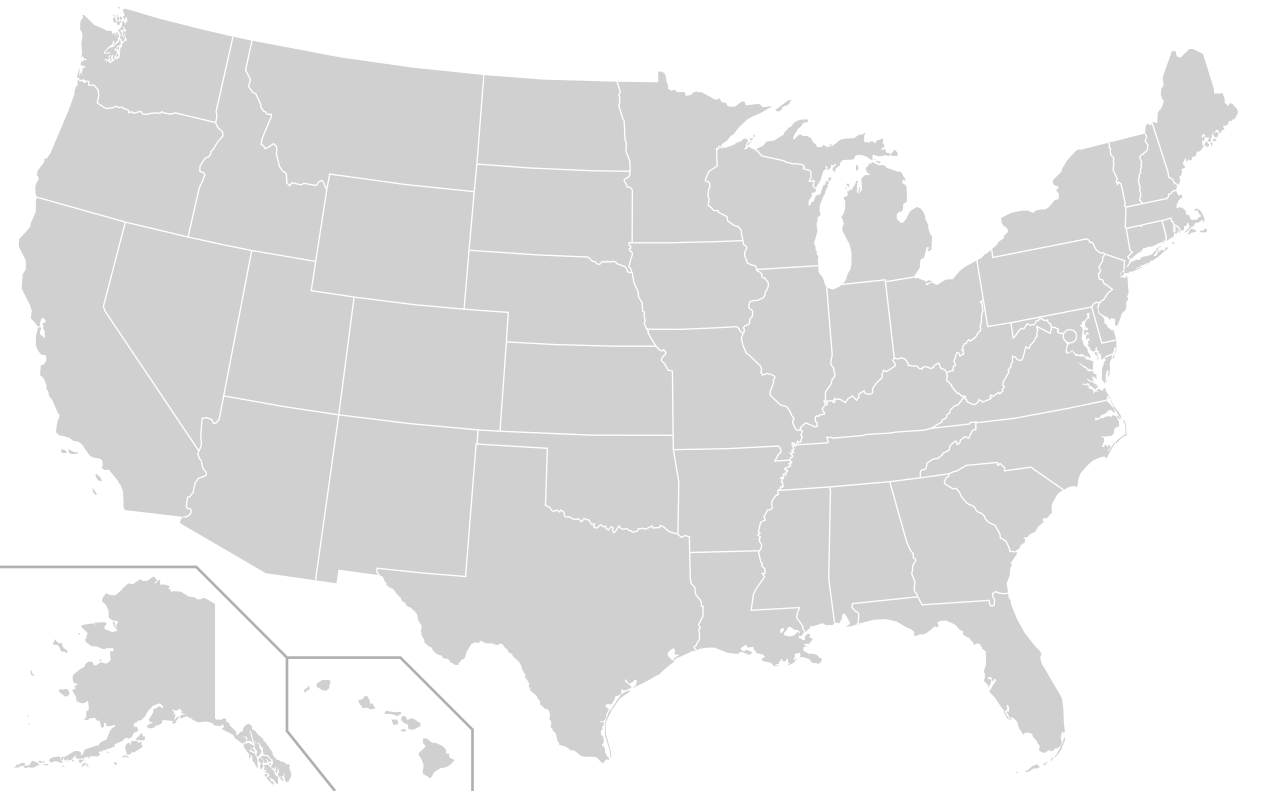Not every material can withstand high temperatures. In industries where precision, cleanliness, and material integrity are essential, such as aerospace, medical device manufacturing, electronics, and plastics, even a slight change in temperature during cutting can compromise performance or render a part unusable. Heat can cause deformation, micro-cracks, or discoloration that leads to costly rework or total material loss.
Traditional cutting technologies like laser and plasma rely on thermal energy to slice through material. While these methods are effective for metals and certain industrial applications, they can easily damage heat-sensitive materials. Plastics may melt or release fumes, rubber can burn or warp, and composites often delaminate or crack under stress. The result is wasted material, inconsistent quality, and delays in production, all of which add unnecessary expense.
The hidden costs of heat-based cutting
Laser and plasma cutting systems operate at extremely high temperatures: often exceeding 20,000°F. That level of heat changes the structure of materials at a molecular level. In metals, this can cause oxidation and edge hardening, while in softer materials, it can lead to melting, surface discoloration, and out-gassing.
Common problems include:
- Melting or deformation: Plastics and composites may warp or lose structural integrity when exposed to intense heat.
- Surface discoloration: Acrylics, rubber, and polymers can burn or darken, affecting both aesthetics and performance.
- Microcracks and delamination: Layered materials like laminated composites or glass can develop hidden fractures that lead to premature failure.
- Toxic fumes: Heating coated or synthetic materials releases hazardous vapors, requiring additional ventilation and safety systems.
Each of these issues adds time and cost to production. For manufacturers working on tight schedules or strict tolerance requirements, heat-based cutting methods simply aren’t practical.
The cold-cut advantage of waterjet technology
Waterjet cutting takes an entirely different approach. Instead of relying on heat, it uses an ultra-high-pressure jet of water, often combined with a fine abrasive to erode material along a precise cutting path. This “cold-cut” process eliminates the heat-affected zone (HAZ), ensuring that the physical and chemical properties of the material remain unchanged.
Because no heat is generated, waterjet cutting completely avoids the problems associated with laser or plasma methods:
- No melting or burning: perfect for plastics, rubber, and composites.
- No discoloration or surface residue: ideal for parts with visible finishes or aesthetic requirements.
- No structural stress: materials retain their original strength, density, and tolerance.
- No fumes or harmful gases: creating a cleaner and safer workspace.
This makes waterjet cutting particularly valuable for high-precision applications in industries where safety and performance cannot be compromised. Whether cutting thin rubber gaskets or thick composite panels, waterjet systems deliver clean, consistent results every time.
Consistent precision across multiple materials
Another major advantage of waterjet technology is its versatility. Lasers often struggle with reflective metals, and saws can dull quickly when cutting tough composites. Waterjet systems, however, can cut virtually any material, from aluminum and titanium to Kevlar, carbon fiber, rubber, plastics, stone, and glass, all with the same exceptional accuracy.
Because the process doesn’t involve heat, there’s no thermal expansion or distortion. That means:
- Tighter tolerances on soft or layered materials.
- Uniform edges that often require no secondary finishing.
- Repeatable results across small batches or large production runs.
These benefits translate directly into measurable savings. Manufacturers experience fewer rejects, faster assembly, and greater overall reliability. Key factors in maintaining profitability and consistent quality control.
Safety and environmental performance
Heat-based cutting systems can produce smoke, fumes, and particulate matter that require complex ventilation or filtration equipment. In contrast, waterjet cutting generates virtually no airborne contaminants. There’s no combustion, no hazardous gas, and minimal dust.
Many modern waterjet systems also include closed-loop recycling technology that reuses water and abrasive material, dramatically reducing waste. This makes waterjet cutting one of the most environmentally responsible methods available. For manufacturers who must comply with strict safety and environmental standards, it’s an ideal solution.
Real-world applications of waterjet cutting
The versatility of waterjet cutting has made it indispensable in multiple industries:
- Aerospace: Cutting composite panels, gaskets, and high-strength alloys with zero distortion.
- Medical: Producing clean, burr-free components for surgical tools and devices.
- Electronics: Shaping insulation, enclosures, and precision parts without thermal stress.
- Architecture and design: Creating intricate patterns in stone, glass, and metal while maintaining perfect edges.
- Custom manufacturing: Delivering prototypes or short-run parts quickly, without expensive tooling changes.
Because it can handle almost any material thickness and type, waterjet cutting provides a single, flexible solution across a wide range of production needs.
Why manufacturers trust AP Precision Machine, Inc.
At AP Precision Machine, we understand that every cut matters. With over 20 years of experience serving industries such as aerospace, medical devices, electronics, and custom fabrication, our team specializes in providing clean, accurate, and repeatable waterjet cutting solutions.
Our state-of-the-art equipment allows us to cut materials up to several inches thick while maintaining exceptional precision. Each system is calibrated for consistency, ensuring that even the most delicate materials are processed without heat distortion, surface damage, or loss of tolerance.
Unlike large outsourcing firms, we handle every project in-house: from programming and setup to final inspection, ensuring complete control over quality and turnaround time. We also offer:
- Fast, dependable lead times for urgent or high-volume jobs.
- Competitive pricing that helps you stay on budget.
- Personalized support from our experienced technicians and engineers.
When you partner with AP Precision Machine, you gain a manufacturing partner committed to precision, reliability, and safety.
Cut safely. Cut precisely. Cut with a waterjet.
If your project involves materials that can’t tolerate heat, waterjet cutting is the most reliable and cost-effective choice. It preserves the integrity of every piece while offering unmatched flexibility, safety, and environmental performance.
Contact AP Precision Machine today to request a quote or discuss your next project. Our team will help you find the most efficient and precise cutting solution for your material and production requirements.
210 Kuniholm Drive – Suite 1, Holliston, MA


